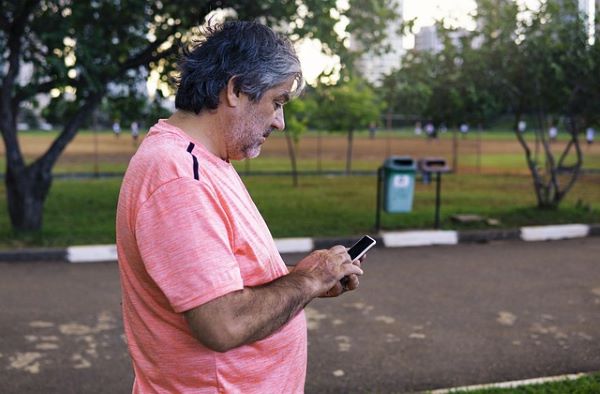The 2014 Nobel Prize in Physiology or Medicine was awarded to John O’Keefe, May-Britt Moser, and Edvard I. Moser for uncovering the brain’s internal GPS system. Their groundbreaking discoveries revealed how specialized brain cells help animals, including humans, navigate and understand their position in space. This research has had profound implications for neuroscience, particularly in understanding memory, spatial orientation, and neurodegenerative diseases.
Also, read: Now Know The Nobel Prize in Physiology or Medicine 2015: William C. Campbell, Satoshi Ōmura, and Tu Youyou
The Discovery: Brain’s Positioning System
John O’Keefe: Place Cells– Nobel Prize in Physiology or Medicine 2014
In 1971, John O’Keefe, a neuroscientist at University College London, identified a type of neuron in the hippocampus called “place cells.” He discovered:
- Place cells activate when an animal is in a specific location within its environment.
- These cells form a cognitive map of the surroundings, enabling spatial navigation. (Source)
May-Britt Moser and Edvard I. Moser: Grid Cells– Nobel Prize in Physiology or Medicine 2014
In 2005, May-Britt and Edvard Moser, a research duo from the Norwegian University of Science and Technology, identified “grid cells” in the entorhinal cortex. Key findings include:
- Grid cells create a hexagonal grid-like pattern, acting as a coordinate system to determine position and distance.
- Their discovery provided a complementary mechanism to place cells, explaining how animals can navigate large spaces. (Source)
Roles and Contributions
John O’Keefe
- Role: Discovered the role of the hippocampus in spatial memory and navigation.
- Contribution: Demonstrated that place cells form the foundation of the brain’s internal map. (Source)
May-Britt Moser– Nobel Prize in Physiology or Medicine 2014
- Role: Co-discovered grid cells and their function in spatial navigation.
- Contribution: Played a pivotal role in connecting grid cells to broader spatial processing in the brain. (Source)
Edvard I. Moser– Nobel Prize in Physiology or Medicine 2014
- Role: Co-discovered grid cells alongside May-Britt Moser.
- Contribution: Advanced understanding of how grid cells interact with place cells to create a positioning system. (Source)
Significance and Potential Impact
- Understanding Spatial Navigation
The discoveries explain how animals and humans navigate their environment and remember spatial layouts, such as finding their way home. - Implications for Memory
- The hippocampus and entorhinal cortex are critical for episodic memory.
- The research provides insights into how the brain encodes and retrieves spatial and contextual information.
- Applications in Neurodegenerative Diseases
- Disorders like Alzheimer’s disease often affect the hippocampus and entorhinal cortex, leading to disorientation and memory loss.
- The discoveries may aid in developing therapies and diagnostics for such conditions.
- Artificial Intelligence and Robotics
The brain’s positioning system serves as a model for creating advanced navigation systems in robotics and AI. (Source)
Challenges and Future Research
- Decoding the Brain’s GPS System
Further research is needed to understand how place cells, grid cells, and other neurons integrate with sensory input to create a seamless navigation system. - Applications in Mental Health
Studies are ongoing to explore how disruptions in this system contribute to psychiatric disorders like schizophrenia. - Expanding Cognitive Maps
Understanding how the brain generalizes spatial memory to abstract concepts can lead to breakthroughs in cognitive science.
Conclusion
The 2014 Nobel Prize in Physiology or Medicine celebrated the discovery of the brain’s internal GPS system, an achievement that has transformed neuroscience. The work of John O’Keefe, May-Britt Moser, and Edvard I. Moser has illuminated how the brain processes spatial information, providing a foundation for understanding memory, navigation, and neurodegenerative diseases. Their contributions continue to inspire advancements in science, medicine, and technology.





